Leading and Working in Complex Human Systems
As the stakes go up…
In our “dance with the butterfly”—our continuing conversation about human systems—we have examined The Butterfly Model of Complex Human Systems, the three major sub-systems that make up a human system, and how the face to face world is a stage on which the systemic drama plays out.
In this post, we will focus on two questions: What happens in Human Systems “as the stakes go up”? (Stakes = threat, risk, importance x difficulty). How can you lead most effectively in these kinds of situations?
It is useful to think of the behavior of Human Systems on a continuum:
Interactions in Low Stakes Situations
Interactions in Medium Stakes Situations
Interactions in High Stakes situations
In each of these scenarios, Human Systems exhibit different kinds of behavior.
In LOW STAKES situations, interactions are usually pretty much what they appear to be. Individuals’ profiles are at play, but not in a demonstrable way. Conversations proceed smoothly.
In MEDIUM STAKES situations, metaphorically, the heat goes up a bit. People’s repetitive patterns of behavior, while they may not dominate the interaction, start to become more visible. For example, if a person gets anxious when conflict occurs, in low stakes territory they will probably not experience much anxiety. In medium stakes situations, they start to feel some anxiety that other players may detect.
In HIGH STAKES situations, a number of more visible shifts tend to occur.
- Most notably, forces from the larger external system and the deeper internal systems tend to interject themselves more directly into face-to-face interactions.
- For example, in a bankruptcy, lawyers, buyers, and bankers bombard the executive team; most of their face-to-face conversations are about finances, possible buyers, and what the lawyers are telling them.
- Some people get “hooked”. That is, their deeper insecurities, shadow material, and unresolved issues are triggered.
- When hooked, people tend to revert to long-standing learned ways of reacting to threats—behaviors that may have been appropriate for the situations in which they learned them but that are not effective responses to the present pressures. The anxious person tends to move into a state of higher anxiety.
- In high stakes situations, the darker parts of our systemic stories (see my earlier series of posts re “Unleashing the Power of your Story”) interject themselves into our feelings and behavior. Some people may cry; some may yell or bang on the table, others may withdraw.
- People are more apt to get into “stuck” interactions with one another. They feel like they are in a trap that they can’t see.
- In most extreme cases, two or more players can become locked in what for them is a very old conflict. That is, rather than responding appropriately to pressures in the current situation, people may behave more like they have learned to respond to threats historically. They get caught in a ritual impasse in which they are both reacting to the shadow sides of their deep stories rather than to the current dilemma.
- They become locked in mortal combat, but, as far as dealing with the present issue and reaching resolution, they totally miss one another.
- They believe they are talking about the same things, but they are not. For example, on person may have learned that to survive and be noticed in threatening situations, he must loudly claim his place and resist others. He raises his voice; he yells.
- Another player may have learned that, to be successful, she must take control.
- These two players can become locked in conflict, one becoming louder and louder and the other trying harder and harder to gain control of the meeting. Each individual feels compelled to behave in ways he or she mistakenly feel will make them safe, but, all the while, the situation becomes both more stuck and more chaotic.
Guidelines for Leaders
How can you lead effectively in these very difficult situations?
- Learn to read the room and detect whether your team is in a high, medium or low stakes situation.
- Be aware of your on tendencies in high stakes situations. Learn to manage your own foibles. With practice, functioning effectively in high stakes situations is a learnable skill.
- Be aware when you, and/or a number of other players in an interaction, are feeling hooked.
- Help people learn to step back from threatening situations and see them in a different light.
- If people cannot extract themselves in the moment, disengage–take a break or table the issue until a later date.
If you want to explore leading in high stakes situations further, feel free to contact me.
Meanwhile, good journey…
Steven P. Ober EdD
President: Chrysalis Executive Coaching & Consulting
Partner: Systems Perspectives, LLC
Office: PO Box 278, Oakham, MA 01068
Home: 278 Crocker Nye Rd., Oakham, MA 01068
O: 508.882.1025 M: 978.590.4219
www.ChrysalisCoaching.org
Steve is a senior executive coach and consultant. He has developed and successfully uses a powerful approach to leadership coaching, Creating your Leadership Story, which enables leaders to make deep, lasting improvements in their leadership effectiveness in short periods of time. He and a group of partners have created a breakthrough educational program, Coaching from a Systems Perspective, in which you can significantly enhance your abilities as a systemic leadership coach. See http://SystemsPerspectivesLLC.com


